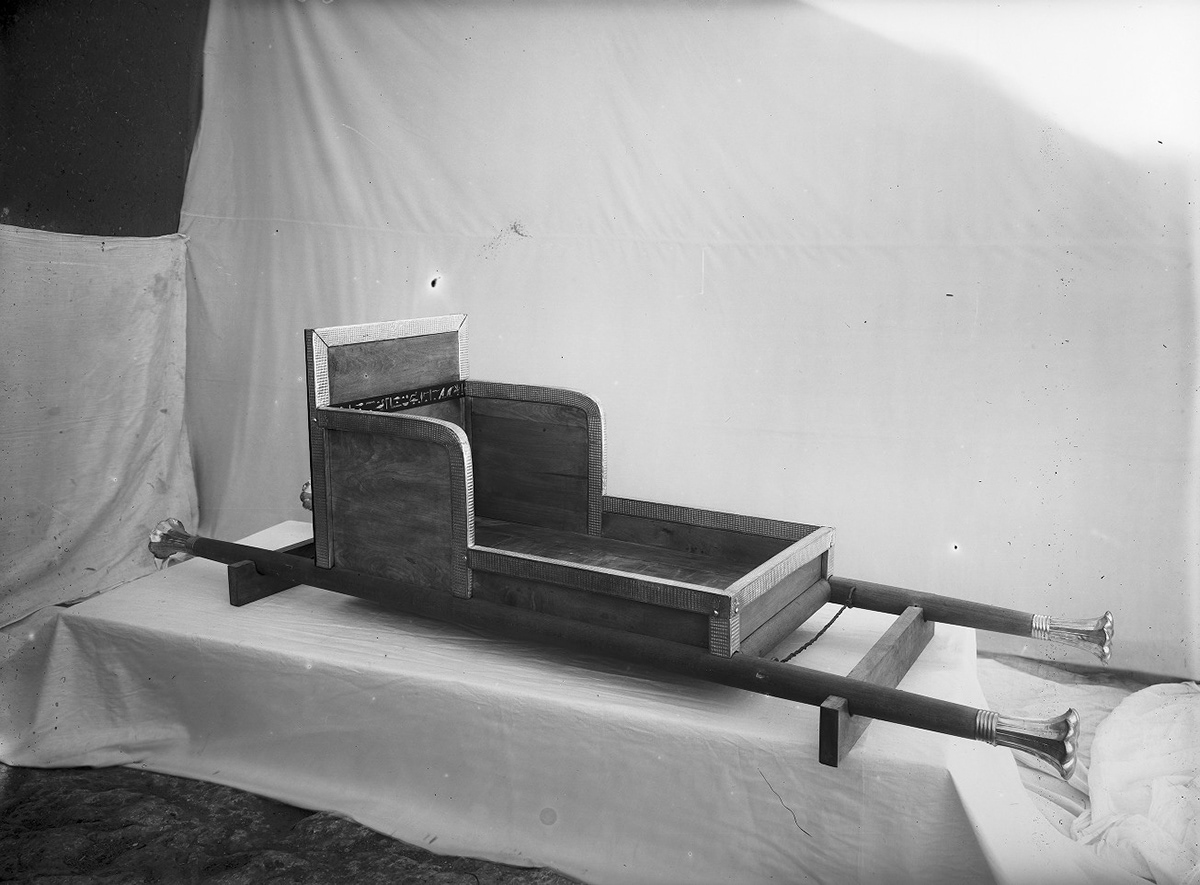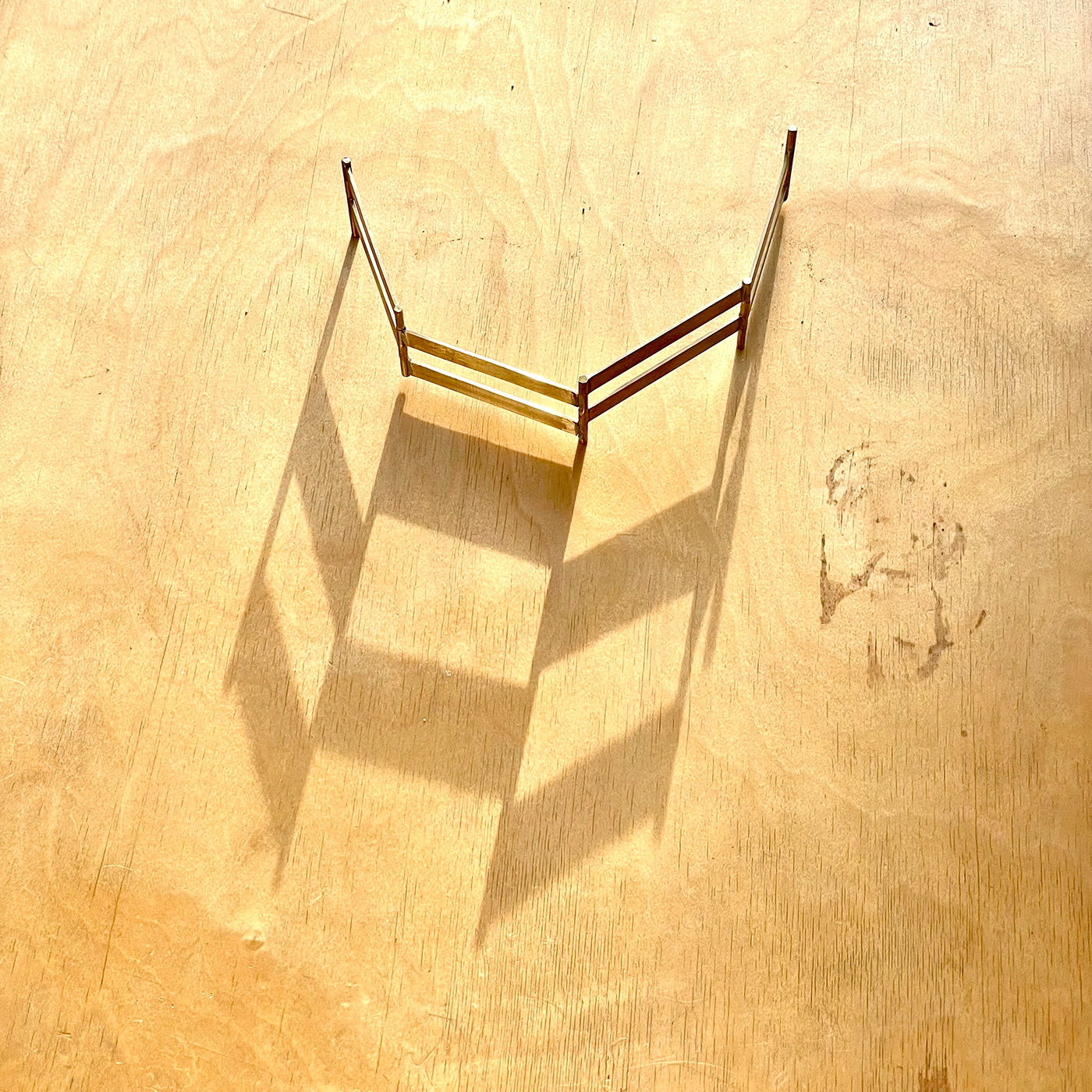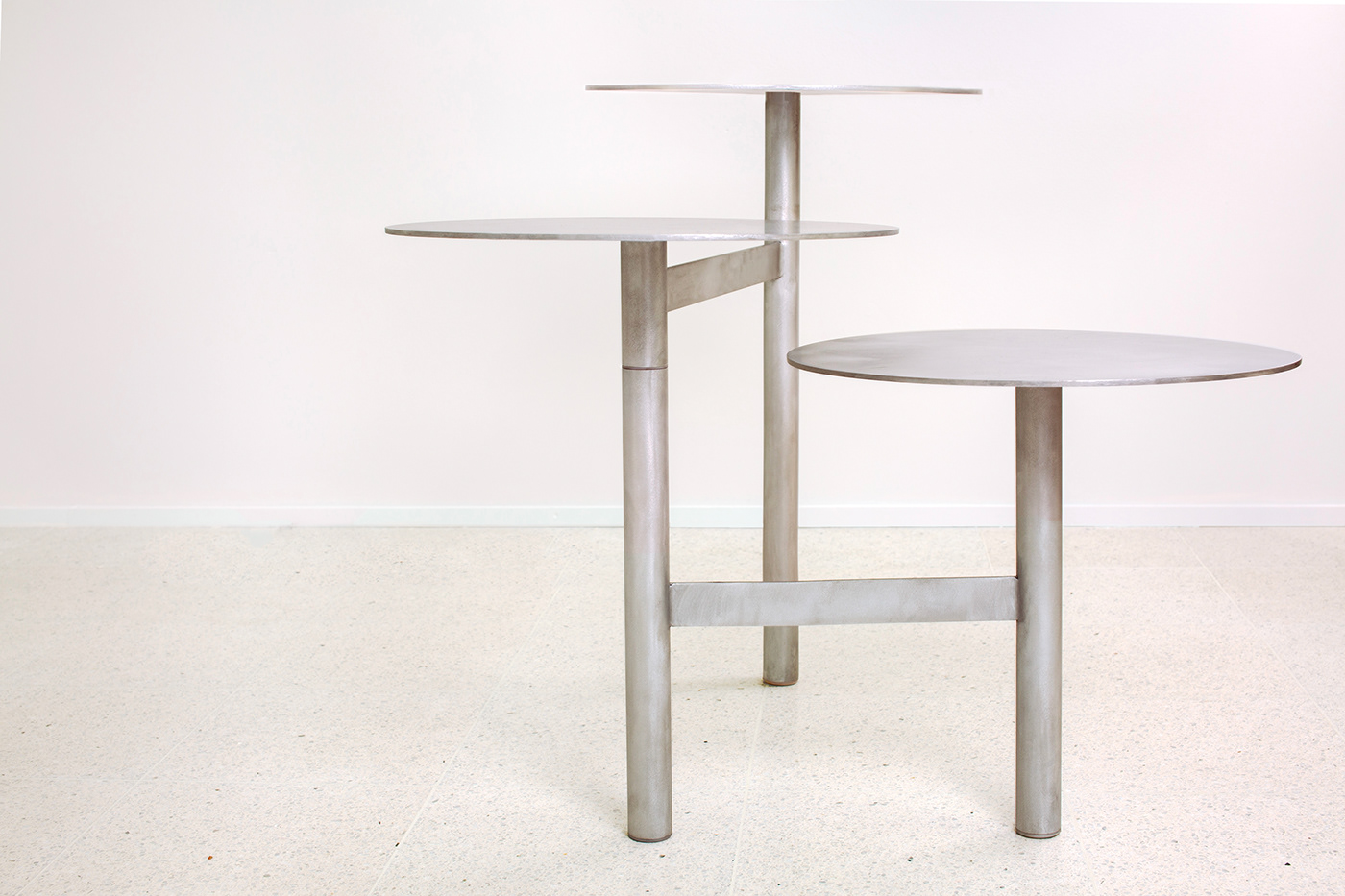


Satelliti
This piece of mobile, aluminium furniture has a long and windy story.
Satelliti started in an exploration of ancient Egyptian furniture typologies - a very generous catalogue of this period exists due to the abundant and well-studied tombs and mausoleums of this rich culture.
A most notable typology that emerged in ancient Egypt is the folding stool. This x-shaped stool was typically reserved for those with some status: scribes, clergy, matriarchs. These were often made of what little timber could be traded from distant forests in Africa or West Asia with varying levels of ornamentation. These were some of the first forms of crafted seat that appeared among small block stools and thrones and everything in between.
These objects are coded with all sorts of information about class, culture, trade, place, and time.






My response engaged with the way this code has persisted and developed among other traditions of craft and culture——translating the axis of rotation by 90 degrees.
I imagined this iteration of the folding stool as a multiple person seat which could be moved and placed to create different social positions and formations. To create any functional configuration though, Satelliti requires cooperation though to ensure that the footprint will provide enough support to balance all five moving bodies.
The response evolved as I worked with my client to develop this further into a movable side table that employed this mobile construction method to create a tiny constellation of aluminium platforms.



